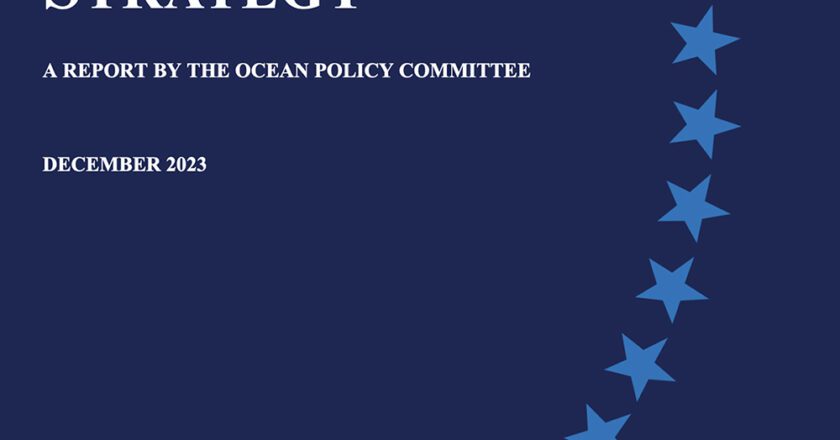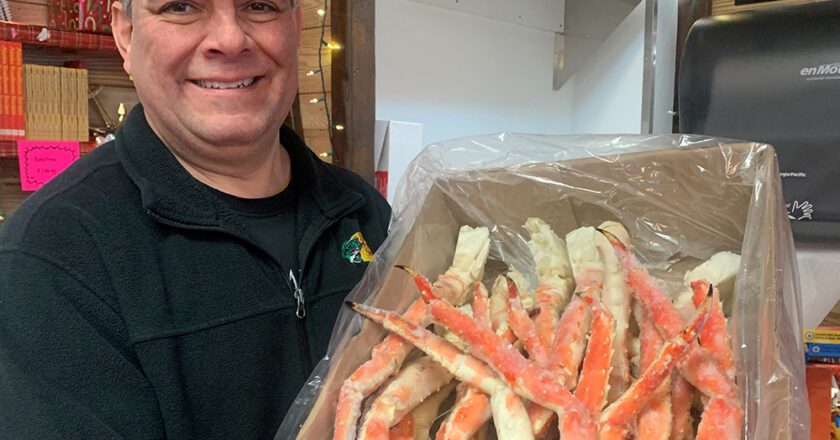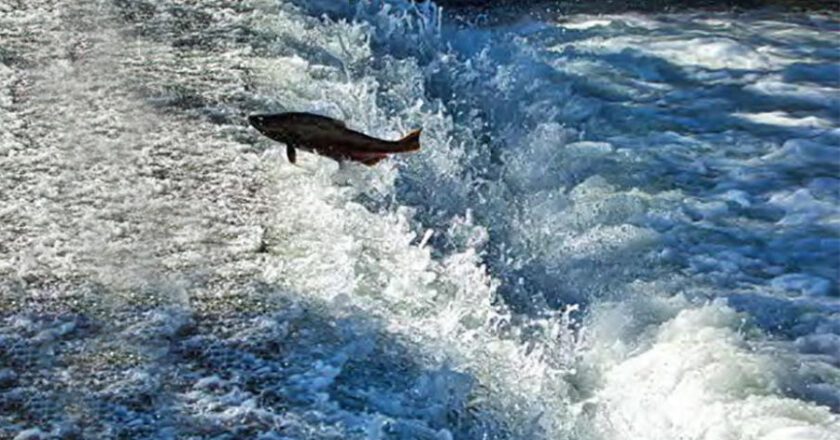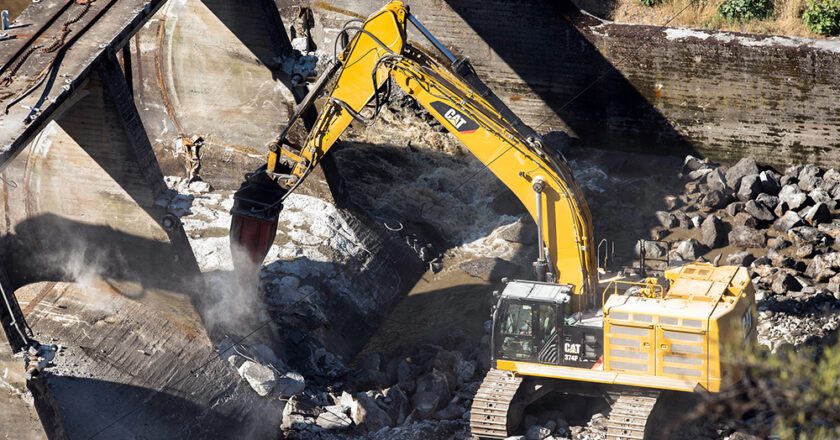NOAA Fisheries Report Details Decades of Whale Entanglements in Alaska
NOAA Fisheries has issued a report on 31 years of killer whale entanglements in Alaska, saying that additional research is needed to learn more about the behavior of the orcas to speed development of innovations to reduce the number of whales trapped in commercial fishing nets.
Researchers noted that suggestions and innovations by harvesters to reduce killer whale gear interactions could be applied statewide.
The summary report covers 37 orca entanglements from 1991 through 2022, including 30 in the Bering Sea, one in the Arctic, one in the Gulf of Alaska and five in Southeast Alaska. The reported cases included 20 whales entangled in trawl gear, 10 in longline gear, two in pot gear, two in kelp gear and one each in a mix of gear, anchorage line and unknown line.
Of the trawl net entang...






